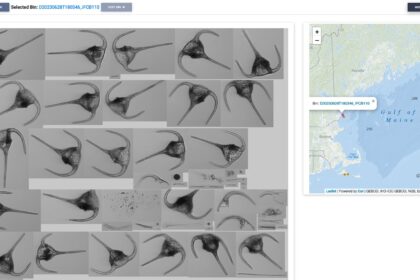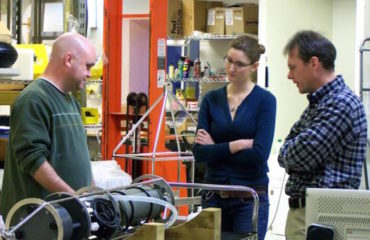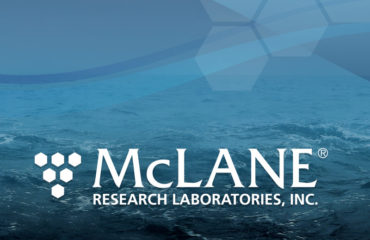
Isle of Shoals, Maine, July 2023: In a significant development for the detection and monitoring of harmful algal blooms (HABs), a research team led by Dr. Michael Brosnahan at the Woods Hole Oceanographic Institution has successfully deployed an Imaging FlowCytobot (IFCB) phytoplankton sensor at the Isle of Shoals. This cutting-edge instrument, equipped with AI-based image recognition models, continuously records microscope images of individual algal cells and particles, providing real-time data for HAB monitoring and research.
The deployment at the Isle of Shoals marks a major milestone for the scientists in two key aspects. Firstly, the IFCB sensor is mounted on an autonomous solar boat designed by SeaTrac. This innovative platform enables the researchers to operate IFCBs at great distances from the shore, presenting a cost-effective alternative to traditional mooring-type installations. In this specific case, the solar boat is strategically positioned approximately a quarter mile east of Appledore Island, an area known as a major transport pathway for HABs migrating south from the waters off the coast of Maine.
The second breakthrough lies in this modified IFCB’s ability to classify images independently, eliminating the need for transfer of images to shore-based servers for classification. This advancement opens up possibilities for deploying SeaTrac-IFCB systems even further out at sea, with real-time results transmitted to the shore via satellite in the future. Presently, data is streamed live through a cell modem.
Initial results from this system are adding to records of a highly unusual and long-lasting bloom of Tripos (Ceratium) dinoflagellates across the Gulf of Maine region this spring. Brosnahan and colleagues have also already detected potential Alexandrium cells, one of several HAB species in the Gulf of Maine that can make shellfish unsafe to eat.
This deployment is part of an ongoing initiative supported by the NOAA NCCOS and IOOS programs aimed at establishing a national HAB observing system (NHABON). The research team has set its sights on maintaining the deployment until the end of July, closely monitoring the incoming images and other data. Updates and alerts will be issued promptly if any toxic blooms are observed.
The success of this deployment would not have been possible without the collective efforts of numerous organizations and teams including NERACOOS, SeaTrac, McLane Labs, RV Gulf Challenger, and the Shoals Research Lab on Appledore Island. This project is showcasing new ways for scientists, resource managers, and the public to monitor HABs so that they can better understand and mitigate their impacts on marine ecosystems and coastal communities.
The images and classification results can be accessed through the IFCB dashboard and HAB hub sites, available at the following links:
The Brosnahan Lab: https://www2.whoi.edu/site/brosnahanlab/
IFCB Dashboard: https://habon-ifcb.whoi.edu/radbot
HAB Hub Site: https://habhub.whoi.edu
An image of the Alexandrium cell can be viewed at https://habon-ifcb.whoi.edu/image?image=00064&dataset=radbot&bin=D20230626T194715_IFCB110. For additional information, visit https://northeasthab.whoi.edu.



